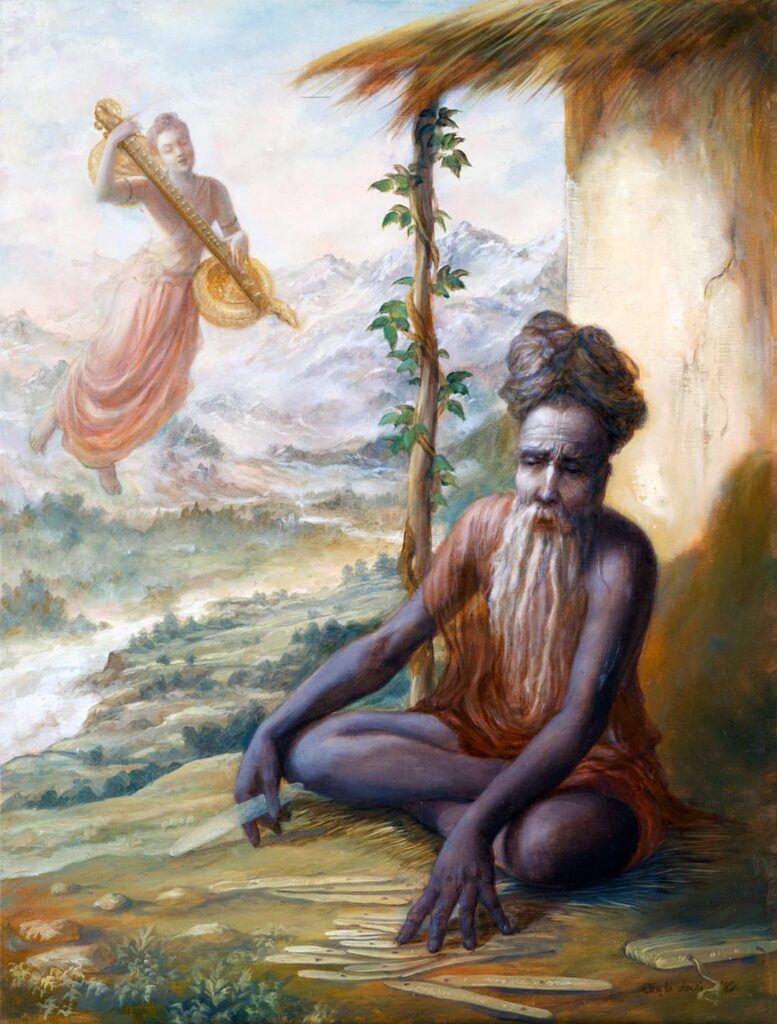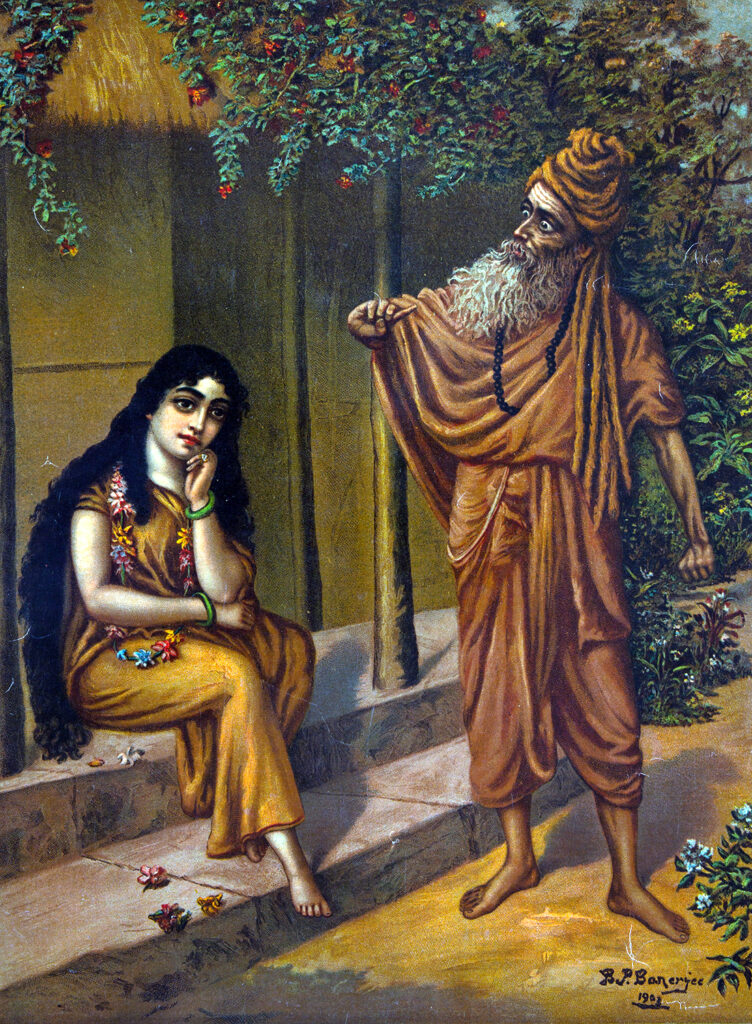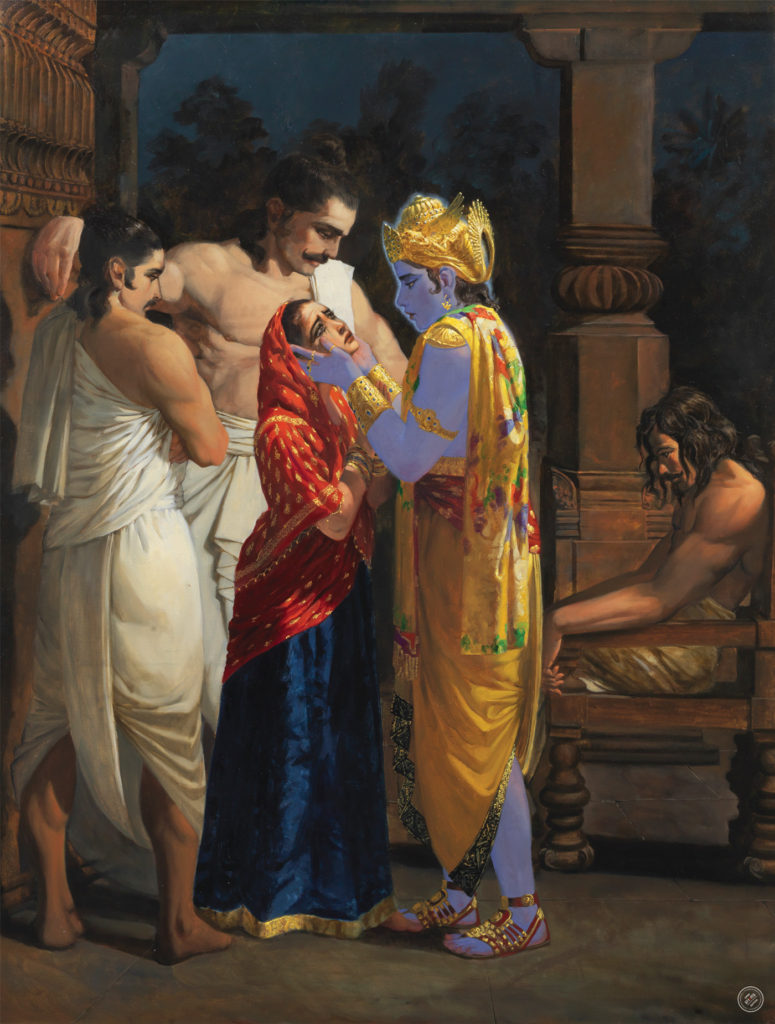Once, a long time ago, a dispute emerged in a certain temple. Book distributors started claiming that their service was the most important, while the pujaris tried to defend themselves by maintaining that deity worship was also important. When Prabhupada came to visit, one of the book distributors tried to settle the dispute by raising his hand during a class and asking Prabhupada: What is the thing we can do that is the most pleasing to you?
He expected that Prabhupada would answer that book distribution was the most pleasing activity, but instead, Prabhupada shocked everyone by saying:
“That you become Krsna conscious”.
This was an answer that tells a lot about the mentality of a qualified spiritual leader.

In the material world, it’s very difficult to find love, or anything close to it. Everywhere people get into relationships out of interest and are quick to separate when their personal purposes are not fulfilled. People are valued only according to their capacity to fulfill certain roles. A husband loves his wife only to the extent she can fulfill whatever ideas he has about family life, and the same goes for the wife. The same applies to all levels of relationships. People are treated like computer chips and appreciated only according to their specs and capacity to fit into certain roles and perform certain functions. The ones who don’t fit are summarily rejected.
Continue reading








